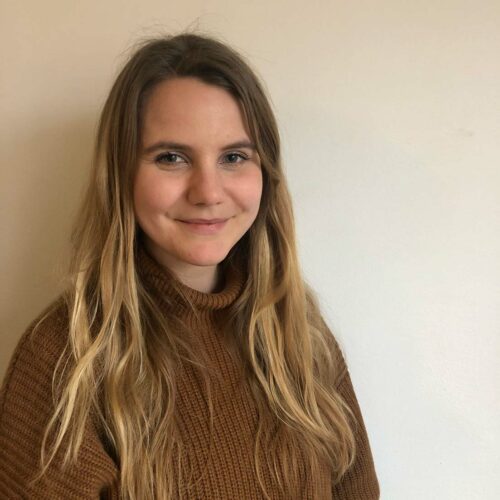
An interview with the artist Paula Duvå and the curator Ida Schyum of the exhibition OPGØR (Charlottenborg, Copenhagen, in August 2020).
It is a well-known issue that there are gender disparities in the art world. It has been an ongoing conversation in the art world for decades. However, when the Art Basel and UBS Global Art Market Report 2019 was published, the inequality regarding artist representation and gender issues was astonishing.1 It was a global report, but the statistics of the Danish art market paint a similar picture. According to a report made by the Association of Danish Museums, only around 29% of all solo exhibitions in galleries were by female artists (2004-2019), 33% women in group exhibitions, and only around 22% of art bought by Danish museums was made by non-male artists.2
For the Danish artist Paula Duvå, this came as a no surprise. Paula underlines that there is a divide between the academy and the art market, therefore, the idea of showcasing non-male students at the academy had been brewing for a long time.
Accordingly, when CHART Art Fair announced they would only show women artists this year, the first international art fair doing so, Paula contacted the director of CHART, presenting the idea of OPGØR (e. confrontation/showdown), an exhibition for non-male artists studying at the Royal Danish Academy of Fine Arts. Paula did so to put focus on the fact that the problem does not only exist in the art galleries and at art fairs, it starts way earlier, and that it is not something that can be brushed upon over one weekend at one art fair. The gender ratio of students at art academies (which is quite equal and has been for the last couple of decades) does not reflect the gender diversity exhibited in the art market. So, the problem here is not that there are not enough non-male counterparts to the male artists, but a lack of opportunities for exhibiting their work. Consequently, it must be a gendered prejudice that causes this gender bias, that artworks by male artists are more exhibited and sold. Paula emphasizes that it is when the patriarchy meets capitalism that this issue occurs.
Paula wanted to examine the root of this problem, by making a sustainable exhibition for non-male students, that can function as a kind of an archive for documentation of the artworks displayed. She states that it is easy to pass by these structural problems, without examining in depth why and how they came to be, and this was the main reason for making this exhibition. She teamed up with the Danish curator, Ida Schyum, who curated the exhibition OPGØR. According to Ida, the idea of the exhibition was to showcase women and non-binary artists that have smaller chances of being exhibited at later points in their careers. Therefore, the focus of the exhibition was to convey the work of these artists, illustrating the quality of their work.
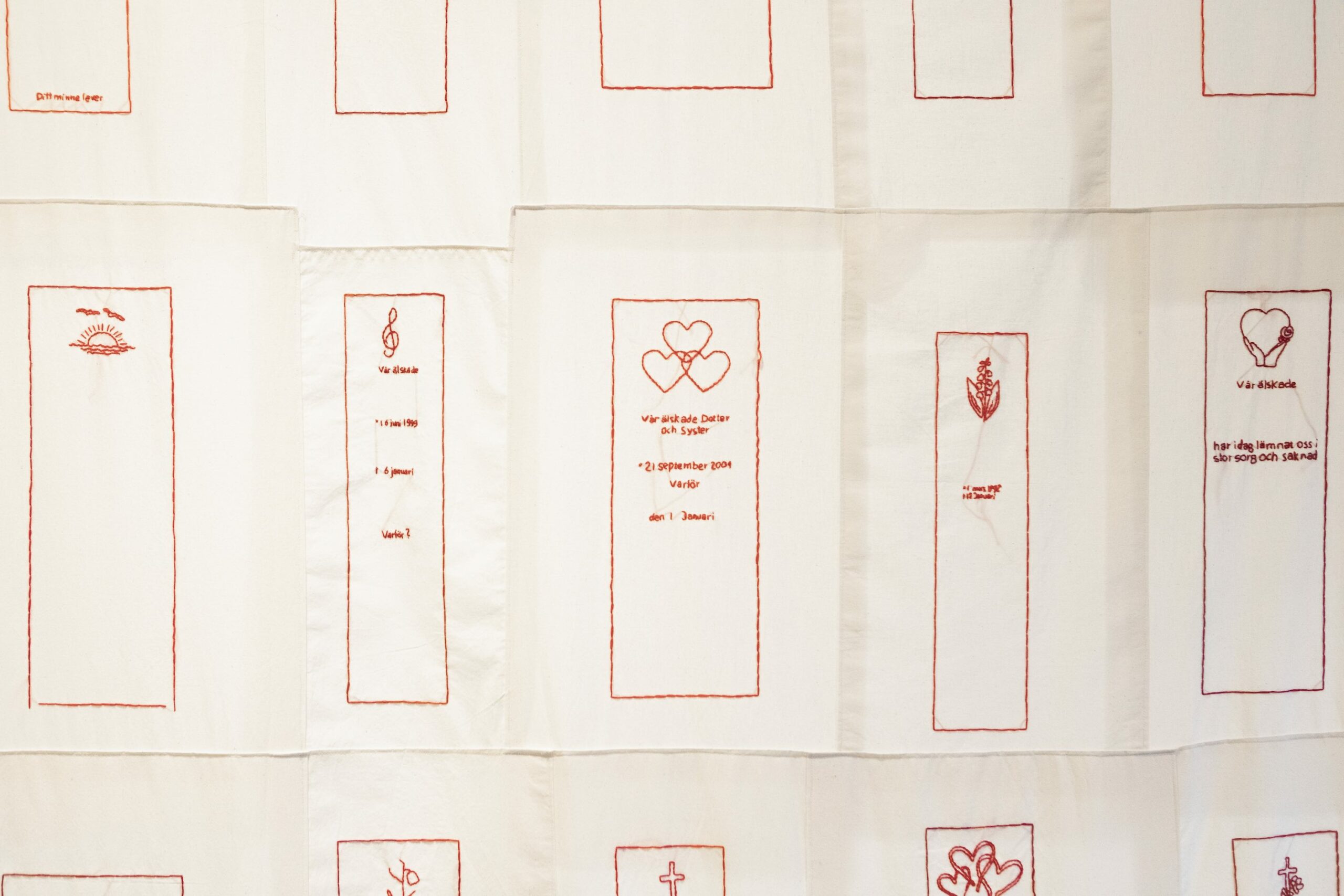
[Tilda Lundbohm, “And if I die at least I die” (2019)]

[Tilda Lundbohm, “And if I die at least I die” (2019)]
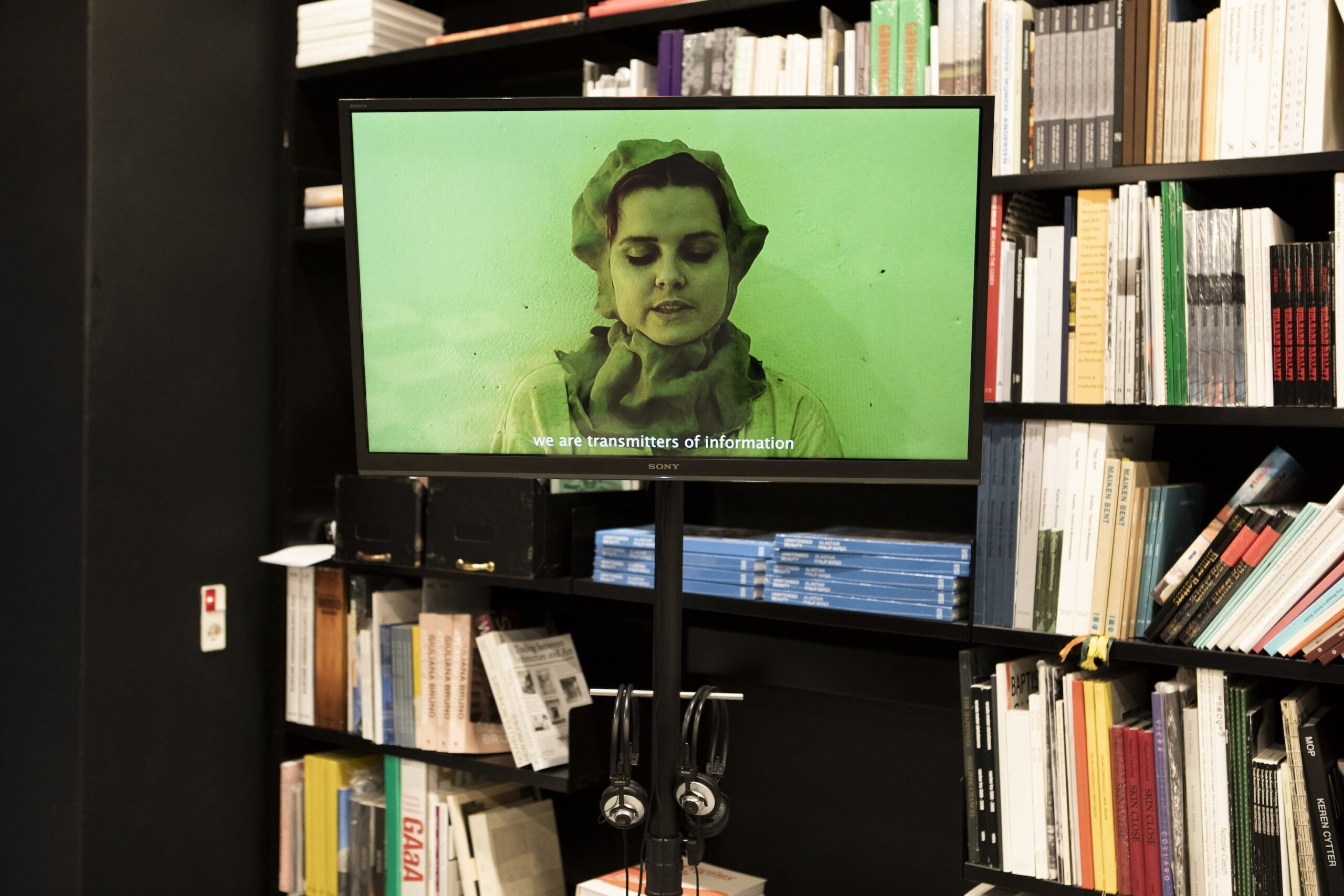
[Xara Vogelius, WE GREW UP TOGETHER (2020)]
Paula and Ida agree that it is difficult to make a difference with only one exhibition, it is a continuing battle. Accordingly, they emphasized on making the exhibition sustainable by establishing an archive for the artworks. This archive is in the form of an Instagram account (opgoer), with pictures of the exhibited artworks.
Paula and Ida see this both as an opportunity for other curators and museums to get inspiration for exhibitions with artworks of non-male artists, and as an input for the other Danish art academies that can continue this discussion.
They also see it as an interactive platform, where similar initiatives can ‘take over’ the account, so it may become a kind of common ground for artworks that are otherwise statistically overlooked.
The exhibition was vastly popular, with long lines of people waiting to get in for its opening ceremony. It resonates with people and counters the idea that the art market reflects what people think is interesting art. According to Ida, the show has already made a difference. There were a lot of people from the art industry of Denmark that came to see it. Artworks were both bought by an art collector and to be displayed at a museum. The artworks’ afterlife is therefore already established.
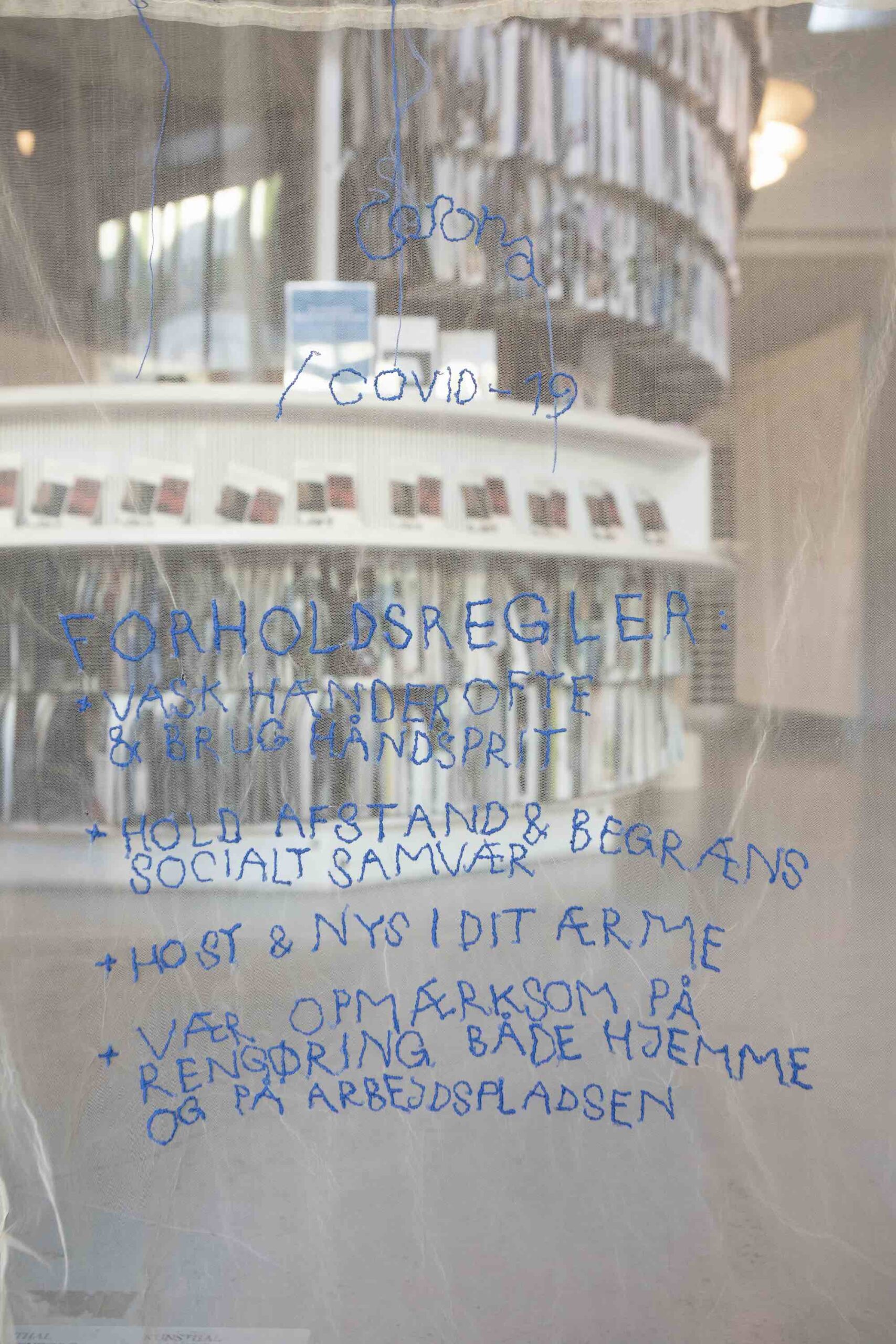
[Anne Holm, INFO-INFINITY (2020)]
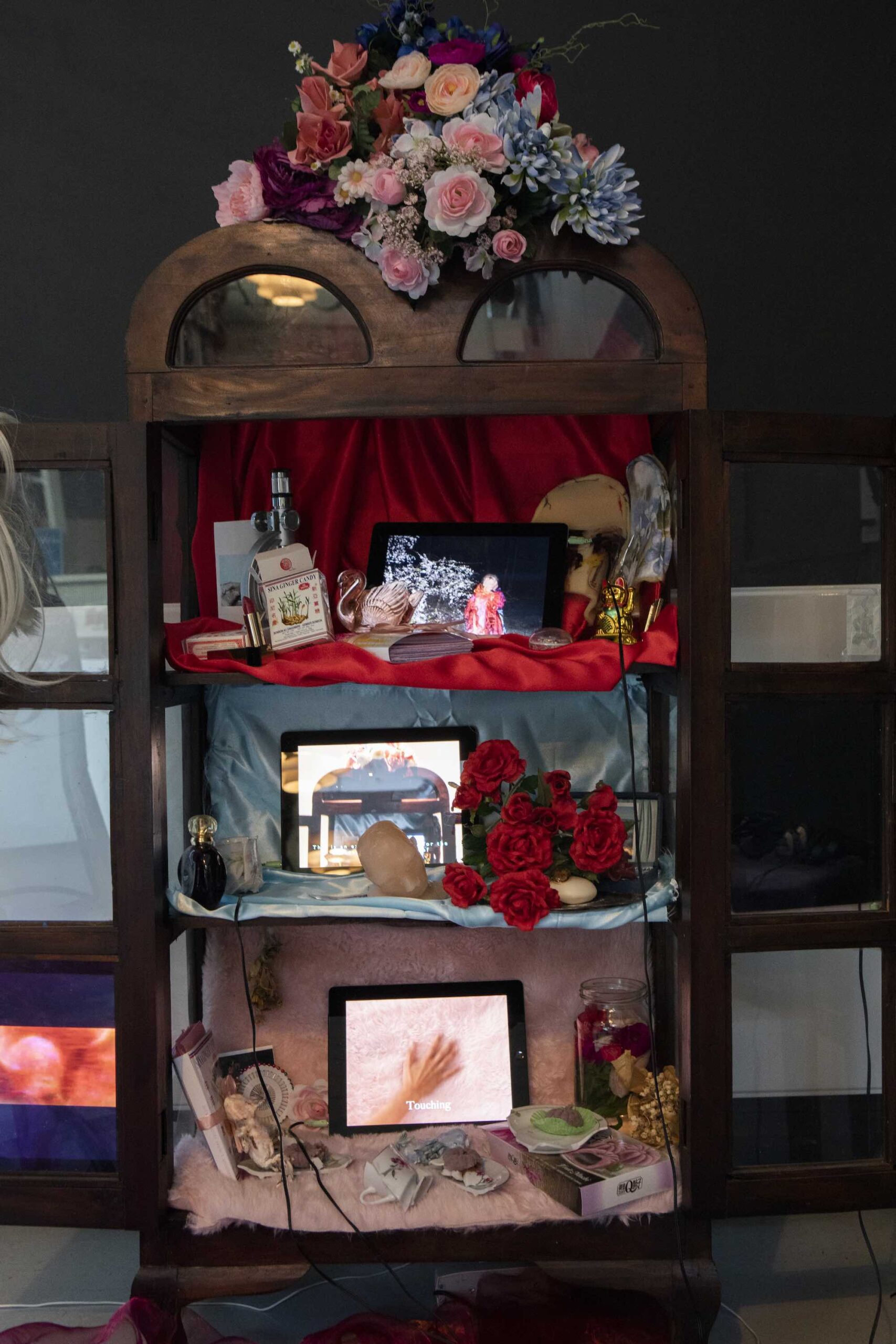
[Ellinor Åslund, The Ting Tang Jahe – one of the hottest products for the next century (2019)]
Ida says it was quite telling that it was a woman collector who bought the artwork. She says that a part of this structural problem is the people that buy the artworks. Around 98% of all artwork sold in the world is made by men.3 The buyers are mostly also men. Male artists bought by male art collectors. Ida, herself having a long career in the gallery industry in Copenhagen, says this is something she has experienced herself. The buyers are mostly rich men in high positions that can afford to collect art. These men are keener on buying work by younger male artists. Ida states, however, that this is not the only issue, the museums also buy more artworks by men than by women, although there are many women working in that field.
When asking Ida and Paula if they had any definite answers to this problem, they pointed out that the problem of gender bias in the art world is not something that will easily be demolished.
It is an ongoing struggle, battling an ecosystem where everyone is liable for making a change.
They say it is too easy to shift the responsibility to someone else. It concerns everybody, and intersectionality is extremely important in this matter. Although there is an increased focus on gender disparity, there is still a gigantic misrepresentation and lack of focus on other factors. The artists of OPGØR wanted to demonstrate the lack of diversity in the Danish art scene, by outlying that not only should we revolt against the gender bias, but also the general lack of diversity – every confrontation should include intersectionality. Currently, there are no statistics for other minorities of the art world, such as LGBTQ* artists, BIPOC artists or functional diversity of artists. That needs to change. It is everyone’s job to do better.

[Ellinor Åslund, The Ting Tang Jahe – one of the hottest products for the next century (2019)]

[Xara Vogelius, WE GREW UP TOGETHER (2020)]

[Anne Holm, INFO-INFINITY (2020)]
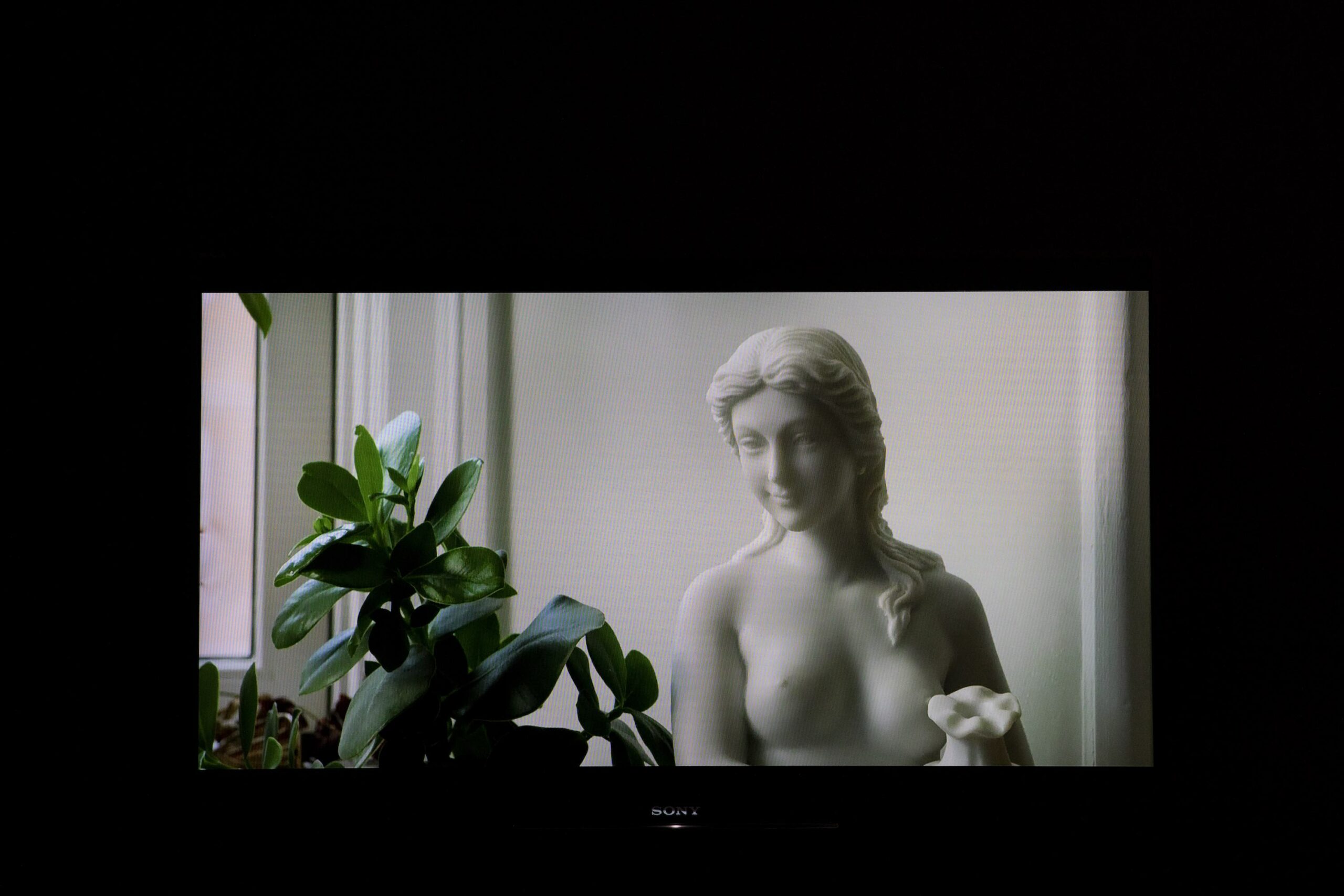
[Unknown]
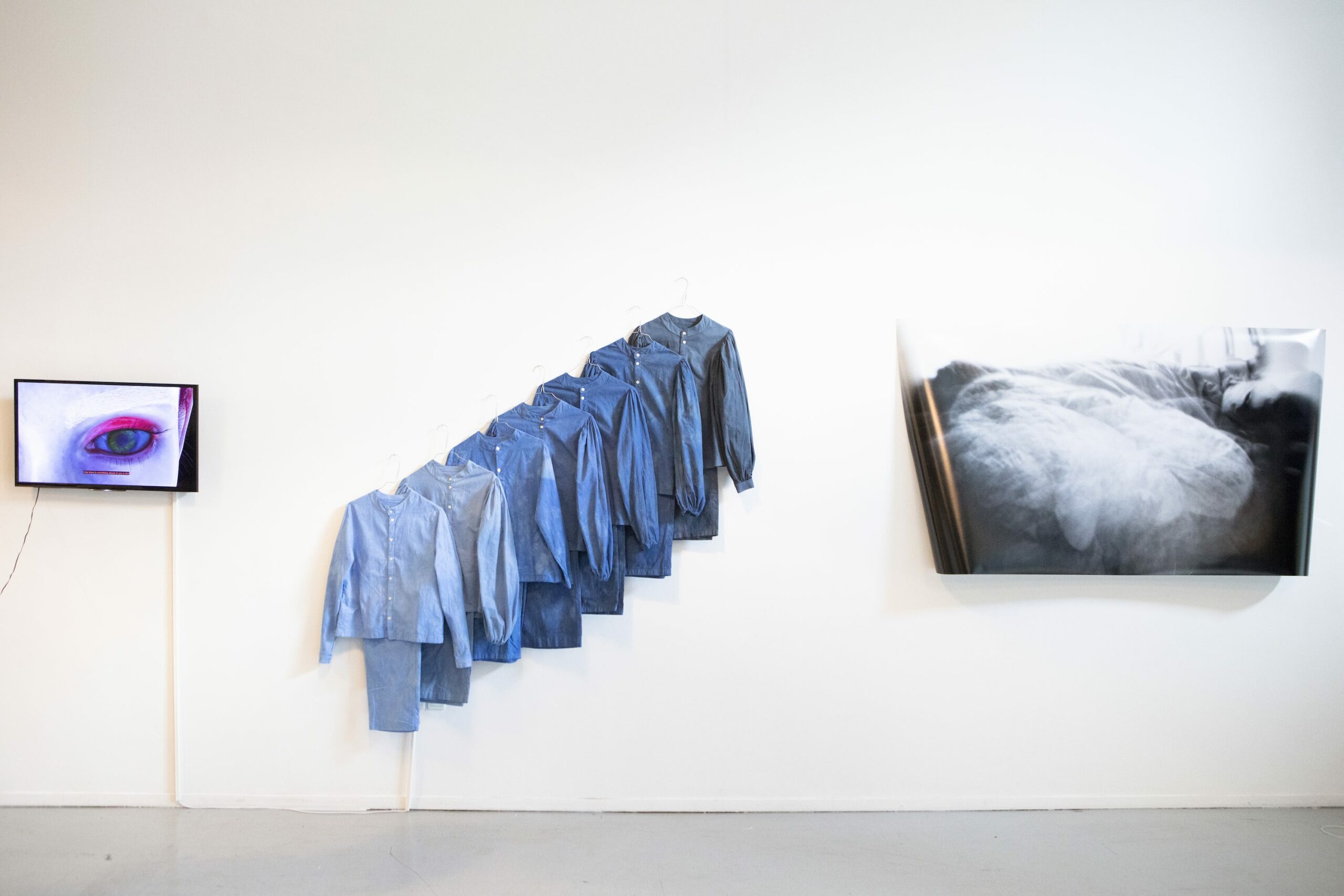
[Videowork: Sara Krøgholt Trier, “There will always be places for them to hide in the haunted house” (2020)
Shirts: Anne Sofie Skjold Møller, Evening Gradient (2020)
Image: Maja Liisberg Poulsen, “and if I often paint caves” (2018)]
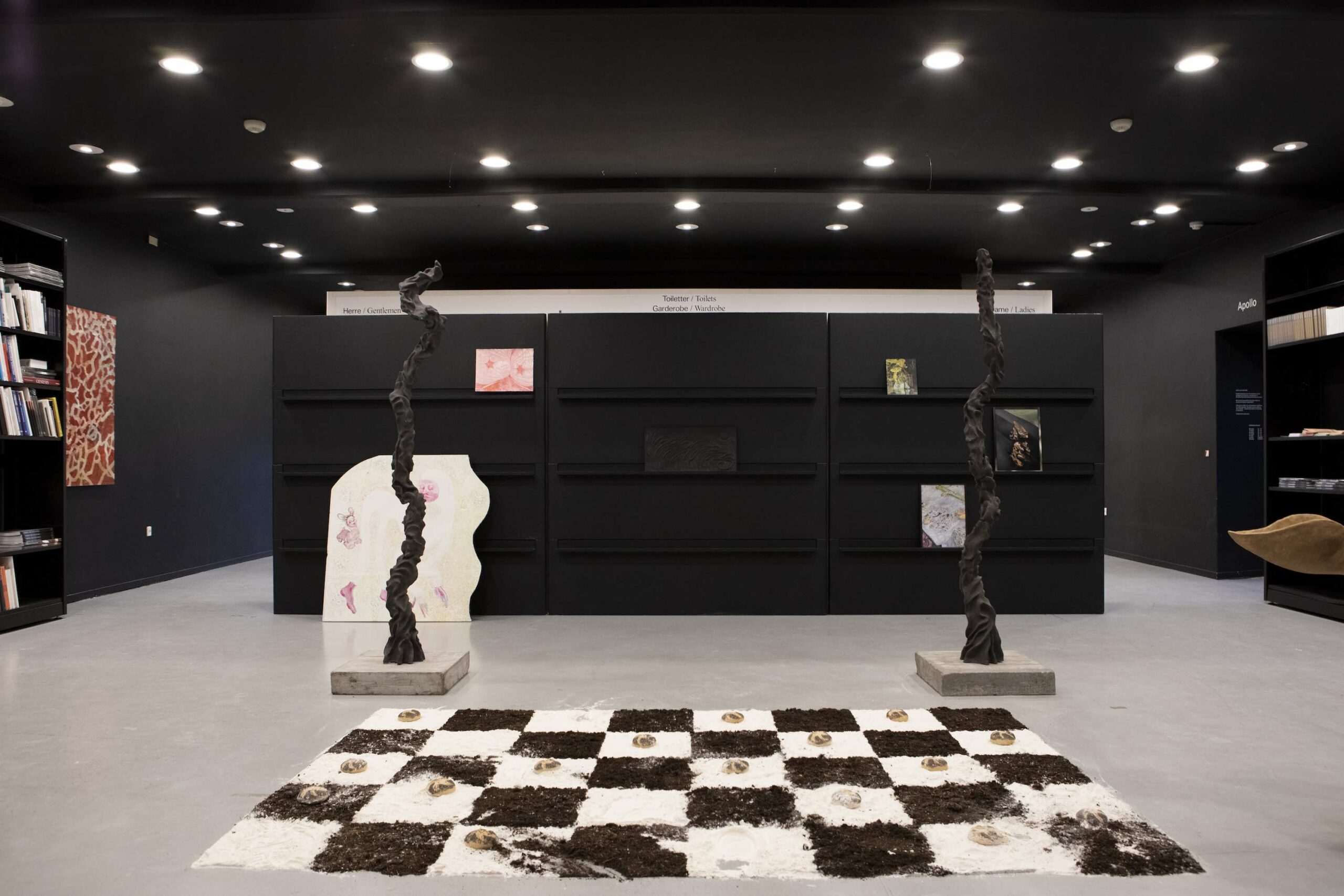
[Pernille Nordentoft Tørslev, Vejle (2018)
Ida Raselli, Baldacchino (2019)
m.m.]
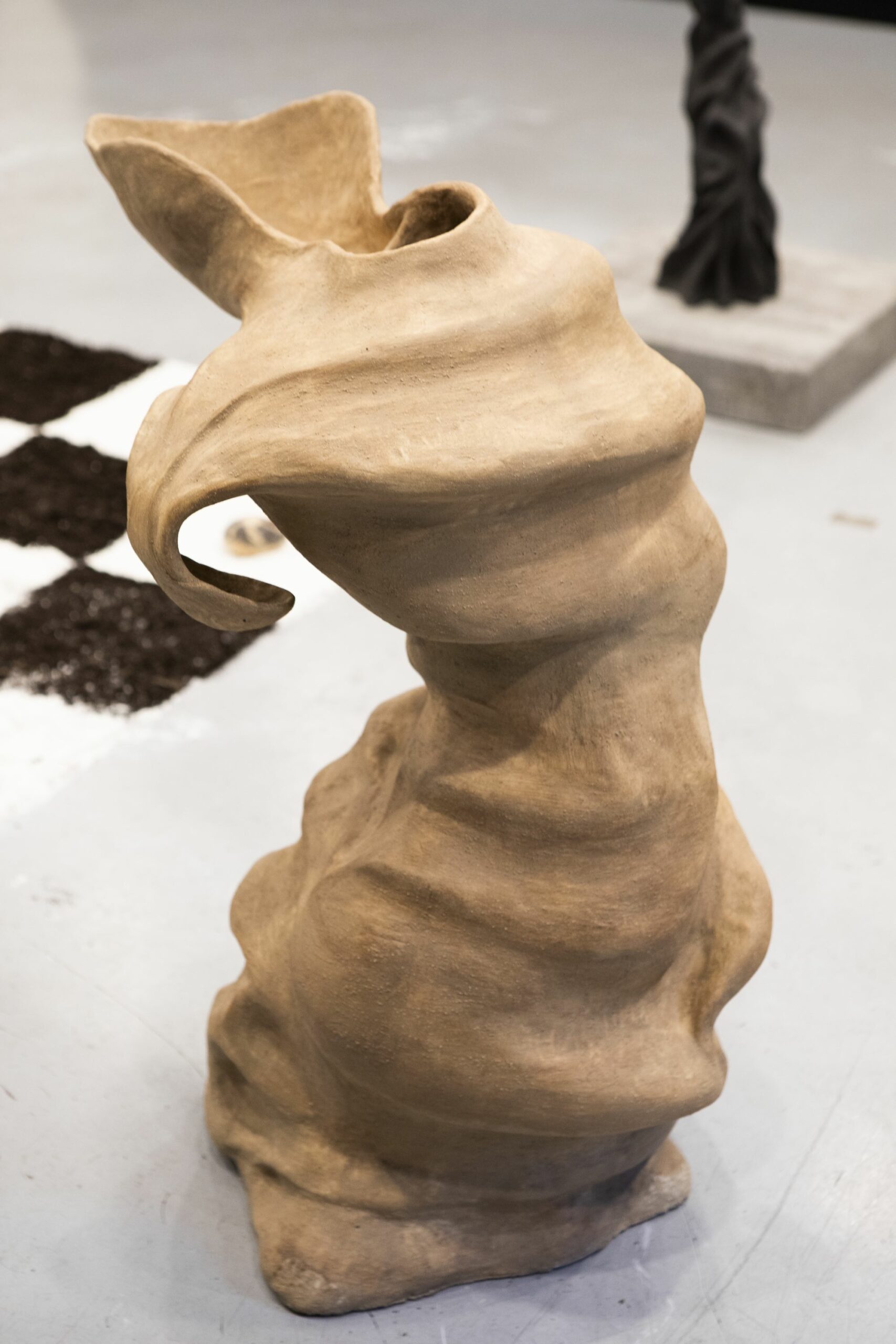
[Emilie Tarp Østensgård, She was taught the names but had forgotten the songs (2019)]
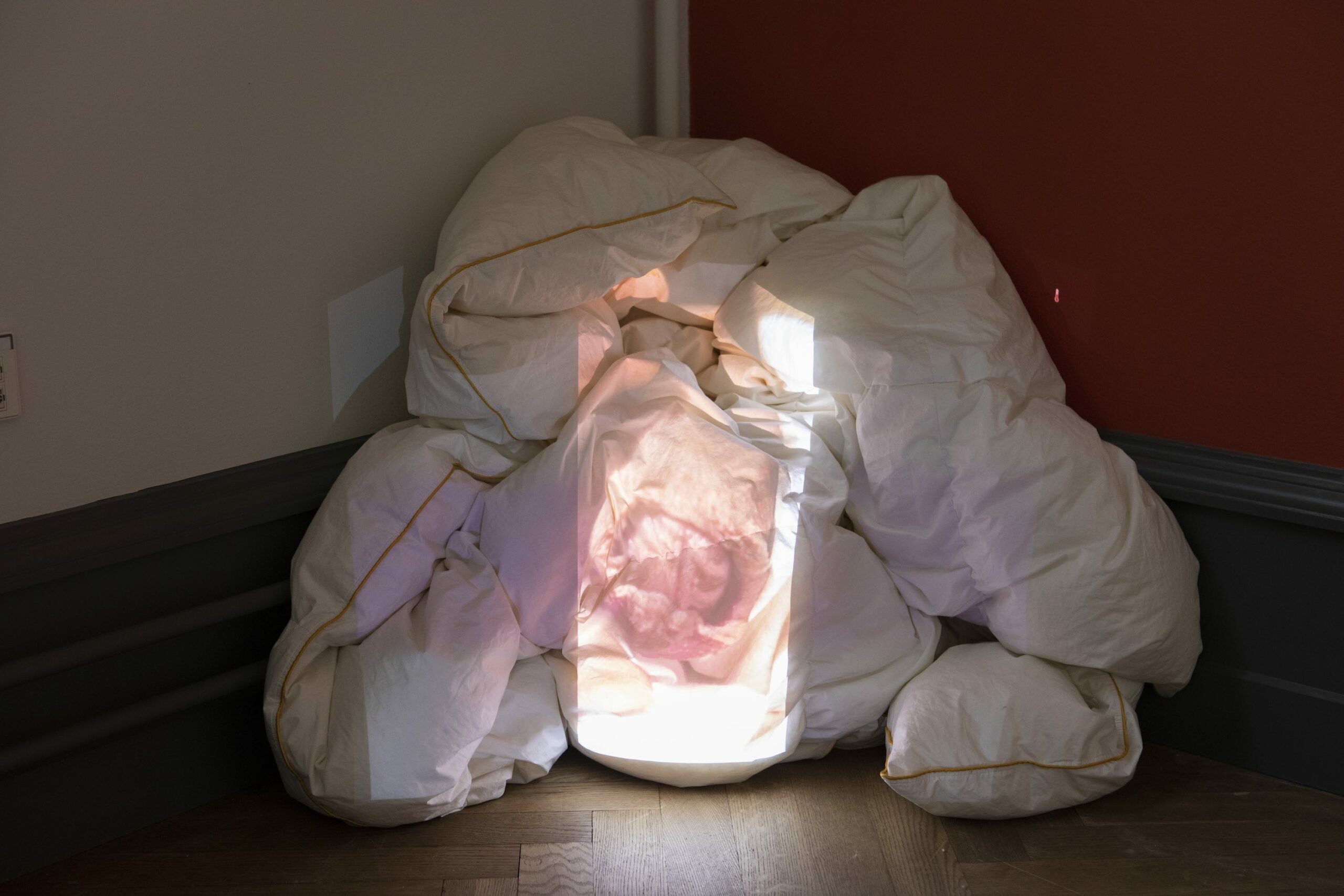
[Ba Bladh, Guinea Pig (2020)]
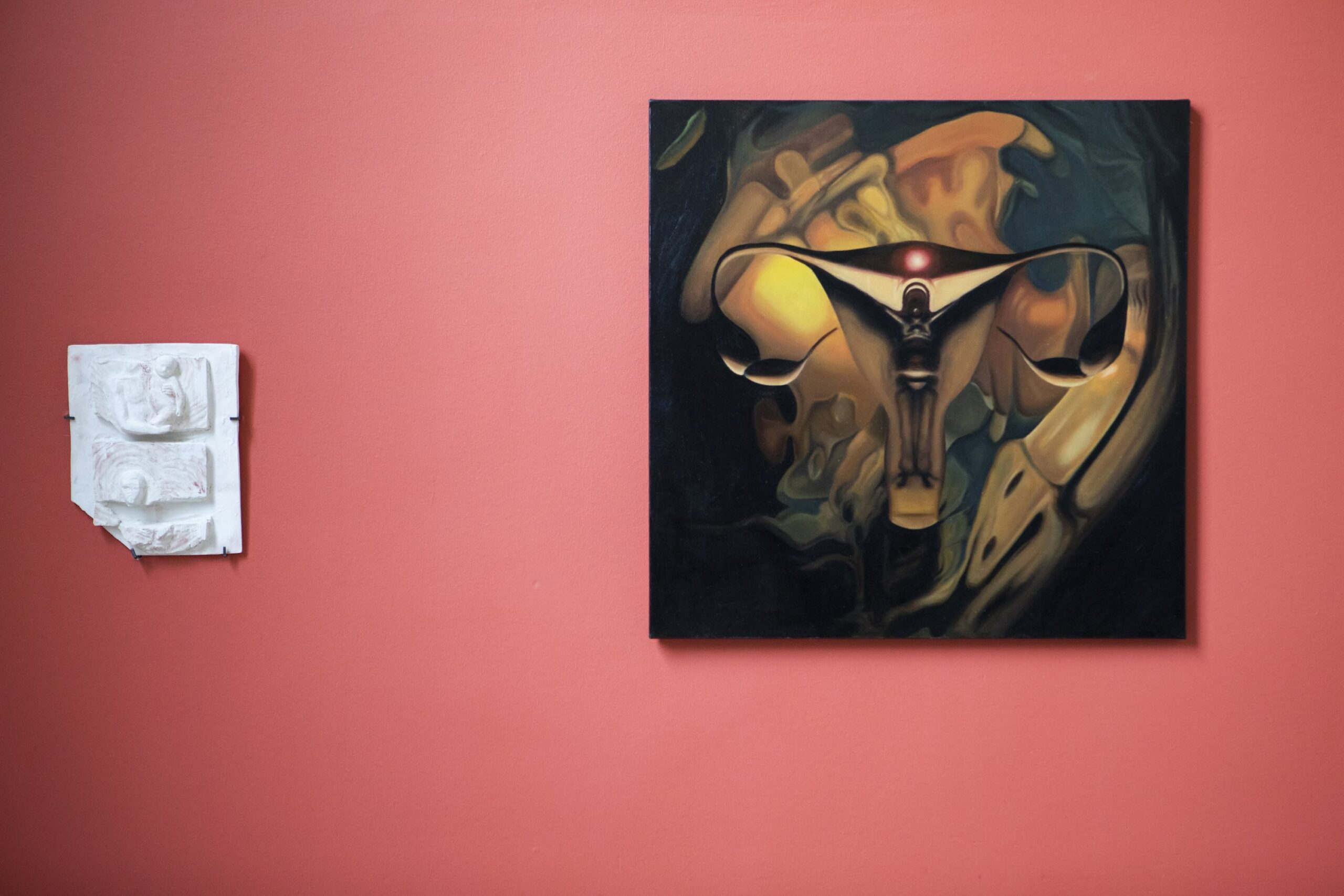
[Left: Sophia Luna Portra, Men Holding Babies (2020)
Right: Emilie Iman, to all our daughters, especially those we never met (2020)
]
— — —
1 The Art Market 2019, pages 114-137. https://d2u3kfwd92fzu7.cloudfront.net/The_Art_Market_2019-5.pdf
2 This research focused on the gender bias between male and female artists. Other genders were unfortunately not included in this report. https://chartartfair.com/chart-focuses-on-women-artists-in-a-new-de-centred-art-fair-format/
— — —
By Gunnhildur Thordardottir, art historian
Ástæður fyrir ungar konur til að flytja út á land (atvinnutækifæri eru ekki ein þeirra)
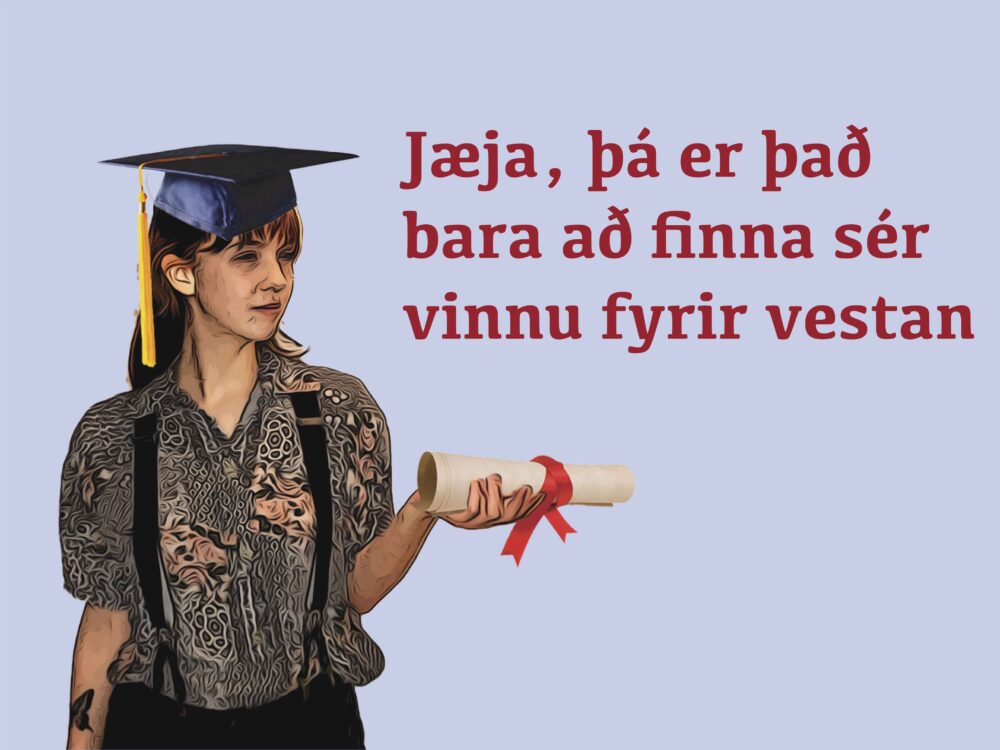
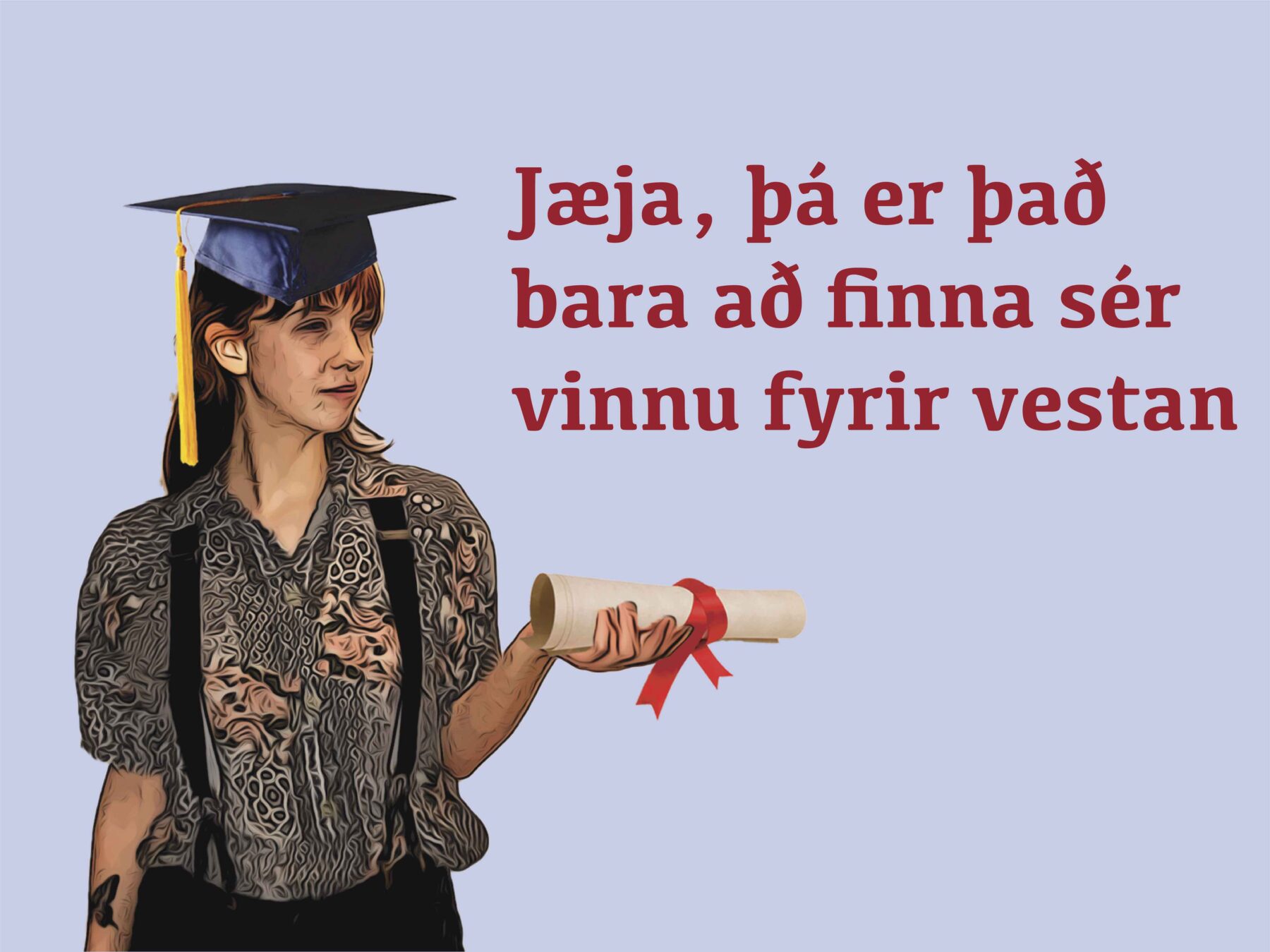
My Right to Exist
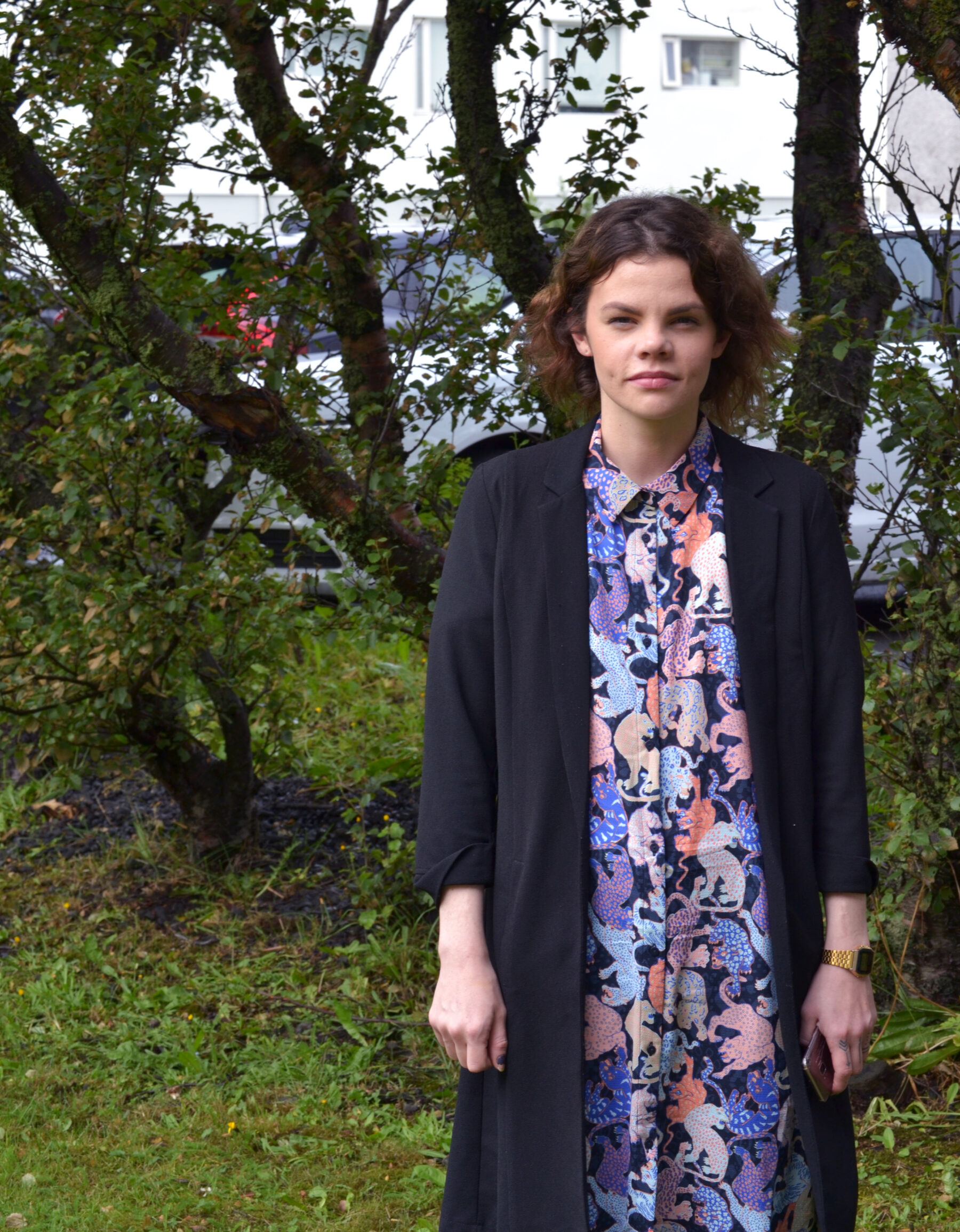

Er hægt að aðskilja list frá listamanni?
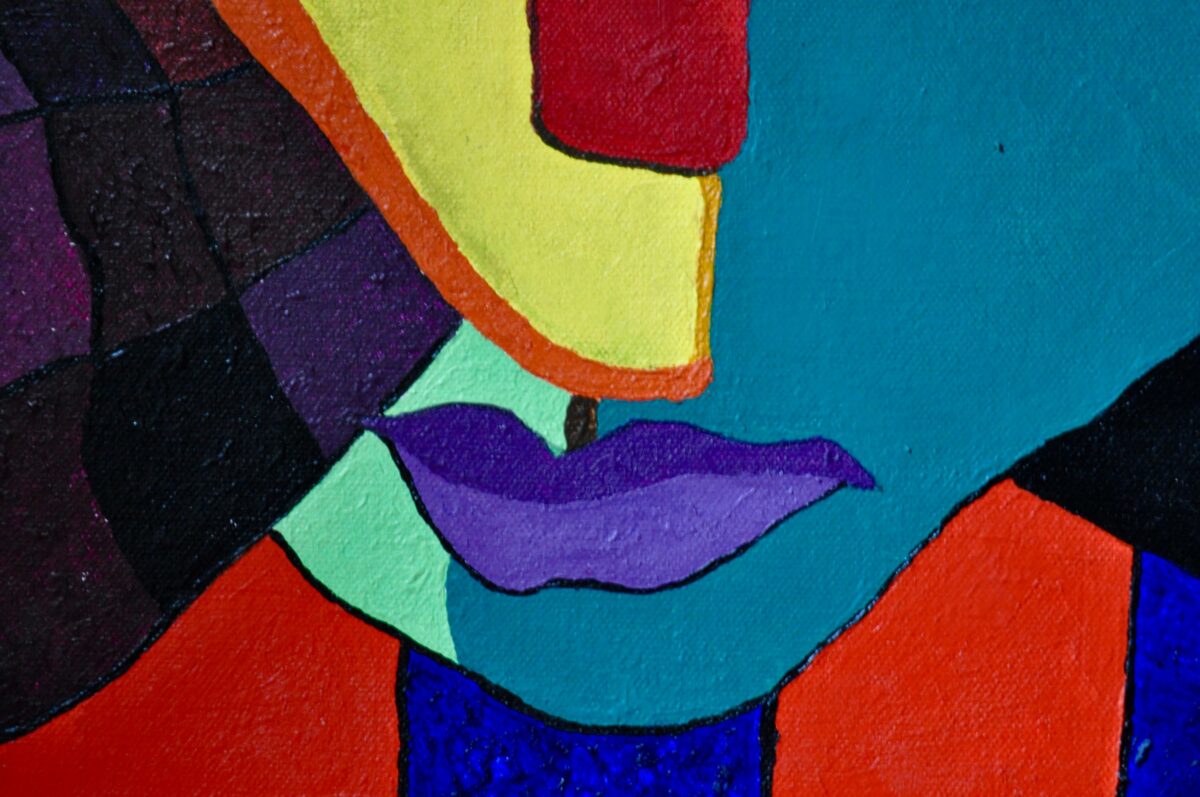
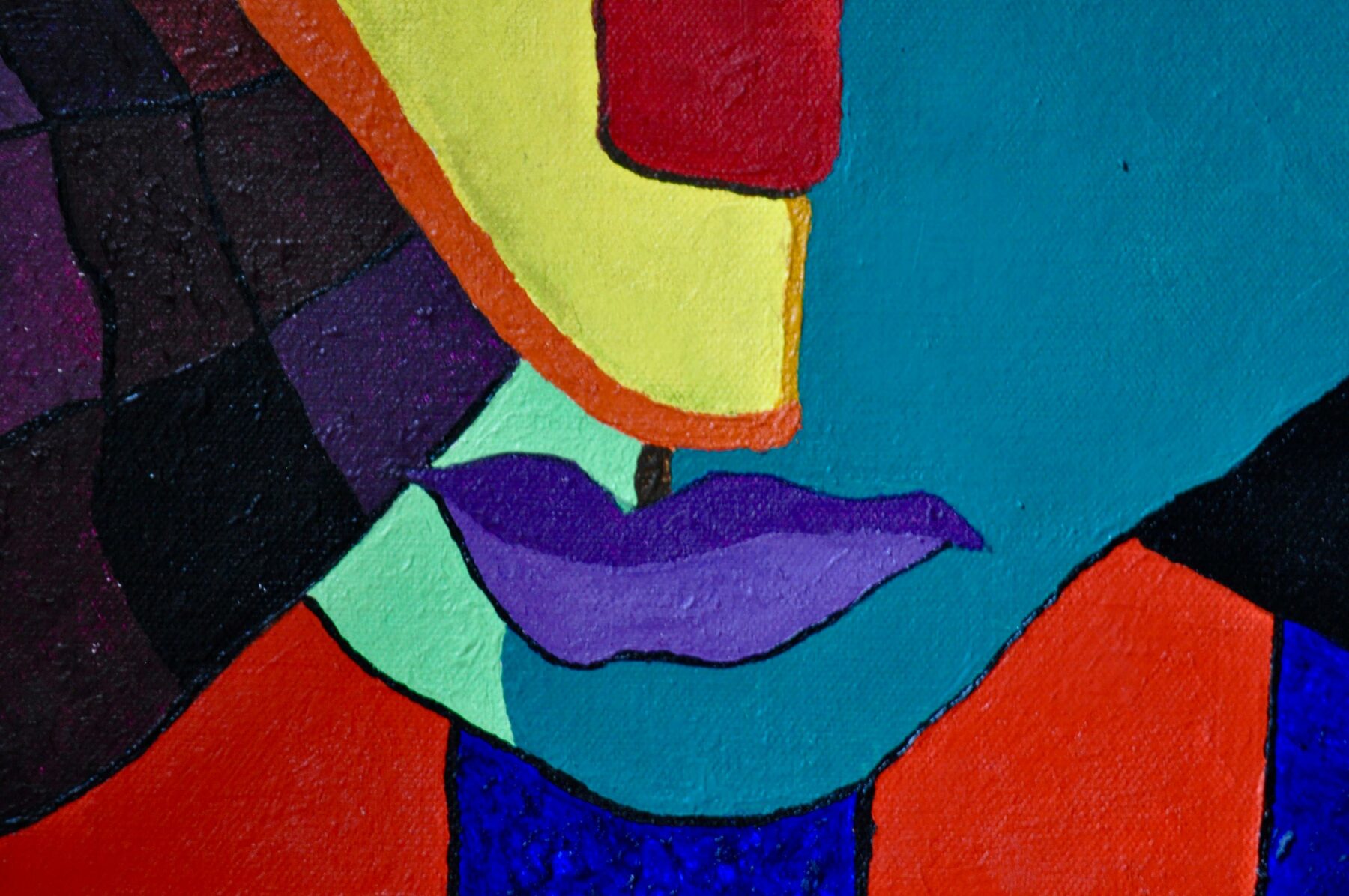
Lets face it: Homelessness is a Sexual Health Matter
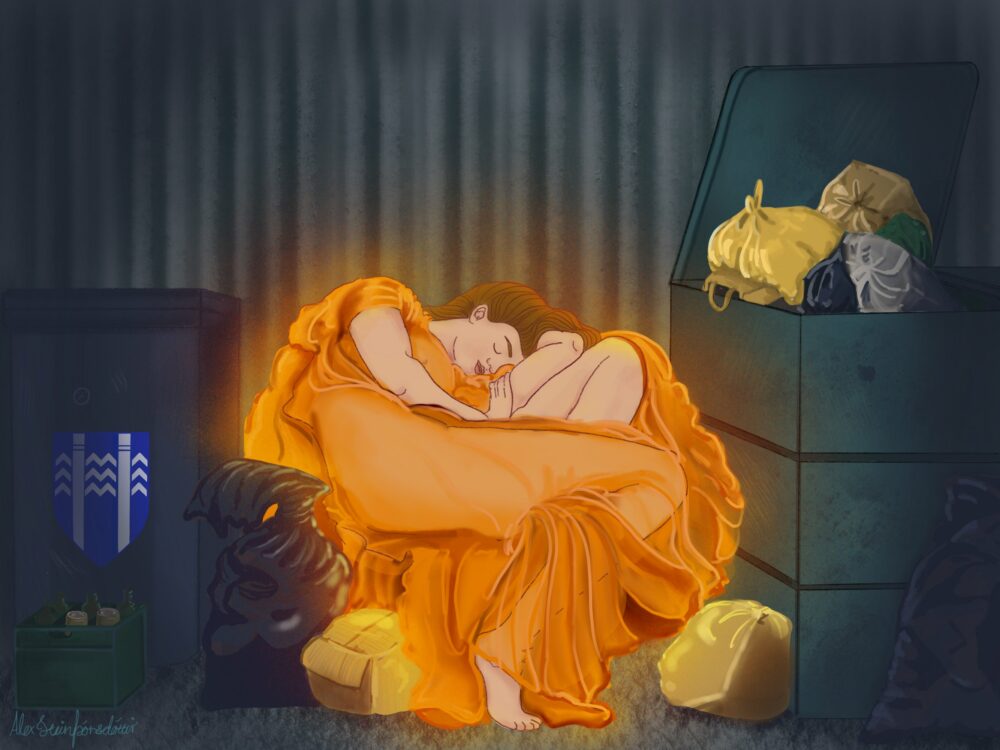
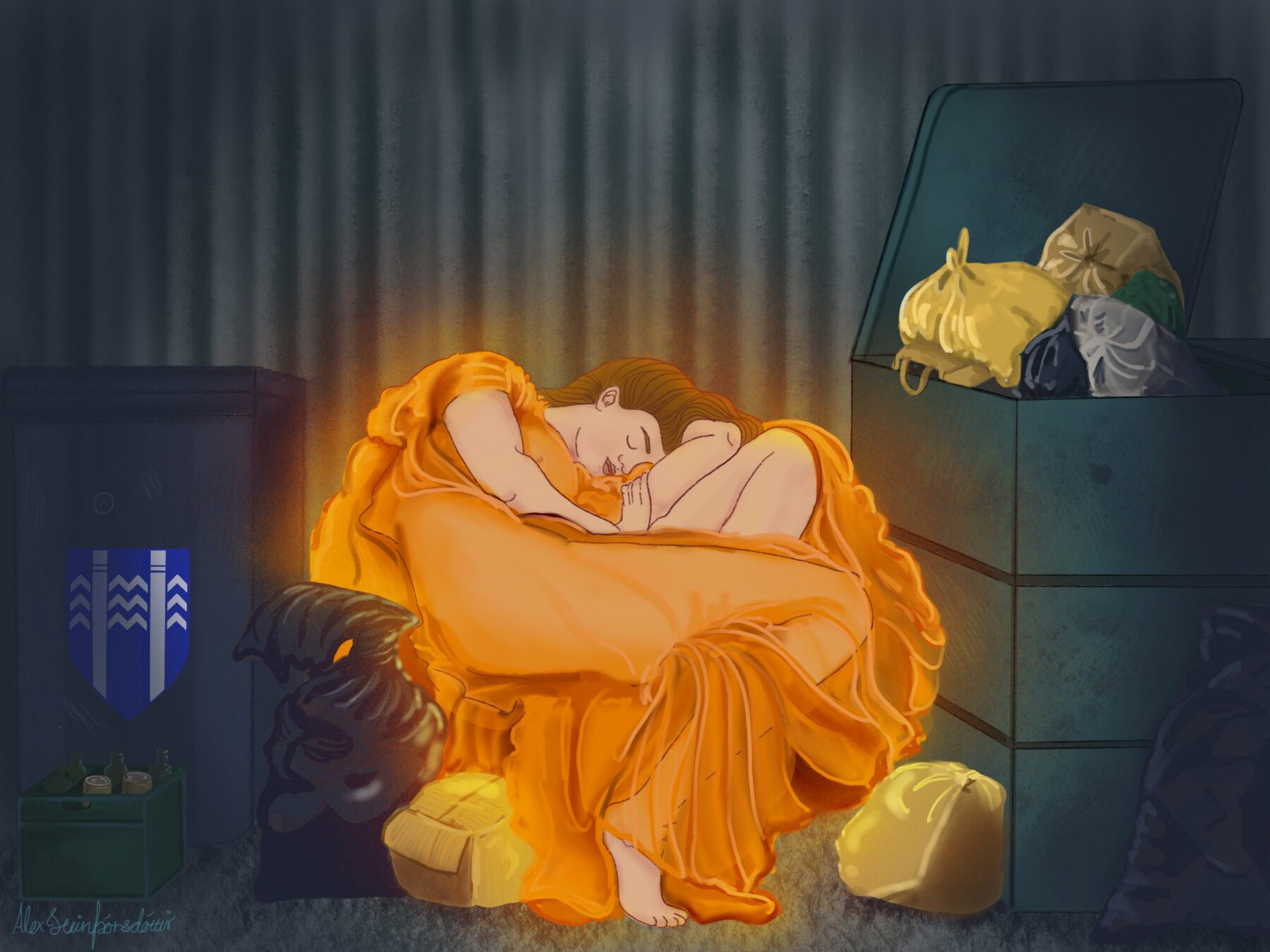
Read more about...
